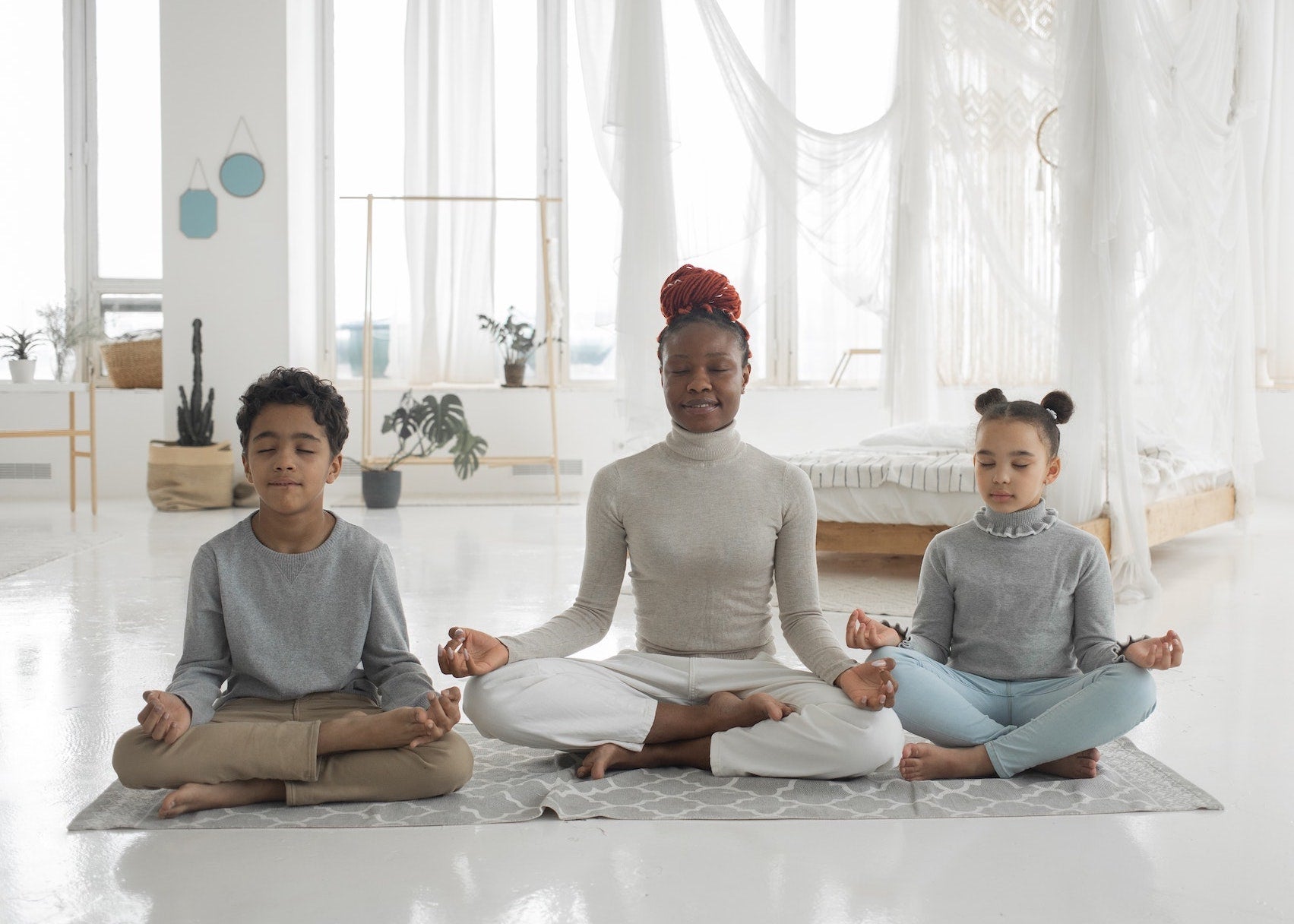Table of Contents
Why Movement Matters for Mental Well-Being
The benefits of regular physical activity for our physical health are well established. But what many people don’t realize is that movement also plays a key role in our mental well-being. Moving our bodies regularly can greatly benefit our mental health by reducing stress, anxiety, and depression.
Regular exercise releases feel-good endorphins in the brain which act as natural painkillers and mood-boosters. It also triggers the release of GABA, a neurotransmitter that has antianxiety effects. Simply going for a walk outside has been shown to reduce rumination and negative thought patterns. Making time for activities like yoga, hiking, swimming or massage St George can deliver both physical exercise and mental relaxation benefits.
Mindful Movement for Stress Relief
While any form of physical activity is beneficial, mindful types of movement like yoga, Tai Chi and Pilates seem to offer enhanced mental health rewards. That’s because they encourage awareness of breath, alignment and sensory experiences in a non-competitive atmosphere. Participating in these activities requires focusing intently on bodily sensations to perform postures accurately. This shift in attention away from worries helps short-circuit the body’s stress response.
Mindful movement practices also foster acceptance of physical limitations through gentle stretching poses. This can parallel the process of emotion regulation by cultivating non-judgmental awareness of feelings without getting caught up in rumination. Regular practitioners often report decreased stress, anxiety and improved overall mood and well-being. Making mindfulness a part of one’s daily movement routine may significantly enhance its impact on mental health.
Movement as Meditation

Some types of mindful movement like yoga and Qi Gong can even serve as a form of moving meditation when practiced at a slow, focused pace. Fluid dance styles like belly dancing can also double as mindfulness exercises depending on how they are approached. Moving in tandem with deep breathing helps center attention fully in the present moment. This practice of concentrating intently on bodily sensations as they arise and pass away trains the mind to let go of distractions and quiet rumination.
With regular practice, mindful movement builds up the brain’s ability to remain calm and focused even during times of high stress or negative emotions. It cultivates important meditation skills like sustained attention, awareness of bodily tension and non-reaction that promote mental resilience. Sports or workouts done in a mindful, non-judgmental manner can complement seated meditation to develop equanimity of mind. Ultimately, mindful movement trains the mind as much as it exercises the body.
Incorporating Mindful Movement into Daily Life
The key is finding mindful activities you genuinely enjoy, so you look forward to making time for them regularly. Yoga classes, recreational sports leagues and exercise video subscriptions make it easy to stay consistent. If group classes aren’t convenient, try following mindfulness-based workout videos at home or incorporating conscious breathing into walks. You could also explore new styles like tai chi, belly dancing or martial arts with a mindfulness focus.
Making time for relaxation after exercise is also important to reap the full mental health benefits. Activities like massage, meditation, journaling or quality leisure time allow the mind and body to fully unwind after exertion. Consistent mindful movement, even just 15-30 minutes per day, offers sustainable benefits for stress relief, emotional wellness and a calm, focused state of being.
Fans of suspense and intrigue will love the engaging world of hallmark mystery movies, which bring thrilling stories from popular mystery novels to life. These captivating films combine clever plots with charming characters, making them perfect for cozy evenings of mystery-solving and entertainment.

